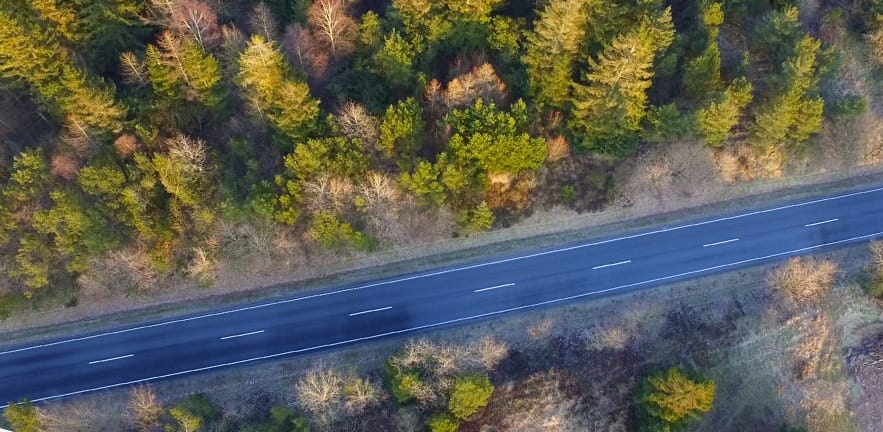Traffic study shows real-time travel information has less of an impact on speeding up our journeys that you might expect.

Those of us who travel on busy roads every day face the same enemy – traffic. Sources of real time travel information, details about current traffic conditions that drivers may obtain using a portable electronic device such as a ‘sat nav’, seem to offer a way out of the misery of congestion. But do they really speed up our journeys, or would we in fact be better off without them altogether?

Dr Vincent Mak, Reader in Marketing and Decision Sciences at Cambridge Judge Business School, has undertaken an experimental study of route choice in congestible road networks to assess exactly what impact travel information sources make. The results, he says, were unexpected.
“Humans are creatures of habit,” Mak says, “which is how travel networks establish over time. It boils down to developing patterns. But whether we supplied users in our study with real-time travel information or not, they arrived at the same traffic pattern.”
Mak began the experiment by presenting participants with a start point and an end point. Half of the participants were asked to commit themselves to a three-segment route at the outset, while the other half were presented with en route information at each junction. At the end of the test, the users received data about the distribution of traffic in each route choice. The experiment attempted to mimic real traffic conditions as closely as possible: there were a wide number of decisions to make and a level of complexity that made it comparable to real situations faced by road users.
For most drivers traveling to the same destination every day, Mak explains, the decision on which route to take was actually made the evening before – whether or not they had real-time travel information sources available. This is because most of us make that choice based on the congestion levels reported (by the news or radio, for example) at the end of the day and have a repertoire of several routes to choose from. “What we have found is that this is sufficient for people to establish traffic patterns,” Mak explains.
In practice, this meant that if certain roads were underused one day, they were much busier the next day. Then, drivers will switch again having experienced the resulting congestion. “There is a certain amount of fluctuation before users settle down into predictable pattern,” explains Mak. “It’s like the so-called ‘invisible hand of the market’. People self-regulate in the same way as supply and demand patterns regulate themselves.”
The research also yielded interesting results about how and why groups of people make the choices they do when it comes to travel. “This is a big-picture experiment. While we were looking at how a critical mass of drivers made decisions, we were thinking about how this technology affects travel patterns that spring up from the choices. The result was that – surprisingly – it does not impact that much at all.”
So why is real-time information still so popular with commuters and other regular drivers? “At the end of the day, I think it’s a sort of safety blanket,” says Mak. “It feels more like you are being guided. People aren’t willing to trust their own instincts. We’re talking here about networks where the only uncertainty is demand itself, because of course there is value in the technology when events such as accidents, weather, or other emergencies occur. But if it is just a question of sheer volume of road users and no other variable factors, then really people are able to regulate themselves much more efficiently than they think they can.” The optimum use of the road for its users, Mak notes, is to settle into a set habit. “In our experiment, switching routes from one ‘day’ to the next typically would not bring benefit to the user. It is best if everyone settles quickly to habitual usages that accommodate each other.”
While the research was done in the USA using Arizona commuters as testers, the researchers do not foresee the results being different with the users of any major road networks around the world. After all, human behaviour and decision-making does not vary wildly across major cities. “We’ve looked at how people make choices, and what we’ve found is that underlying pattern-making is the way people change their routes to equilibrate their own networks.”
What practical advice then, does Mak have for drivers across the world using the same road networks every day? It’s simple: don’t pay too much for real-time travel information systems. “If it’s a tree or rock in the road you’ll be able to hear that on the good old radio anyway. Don’t trust real-time travel info too much. While there is some use to them, don’t let the manufacturers rip you off.”

